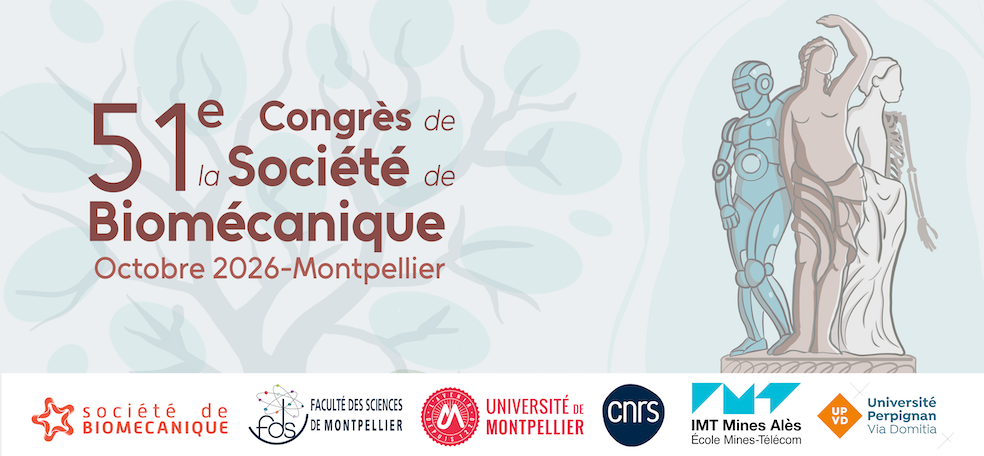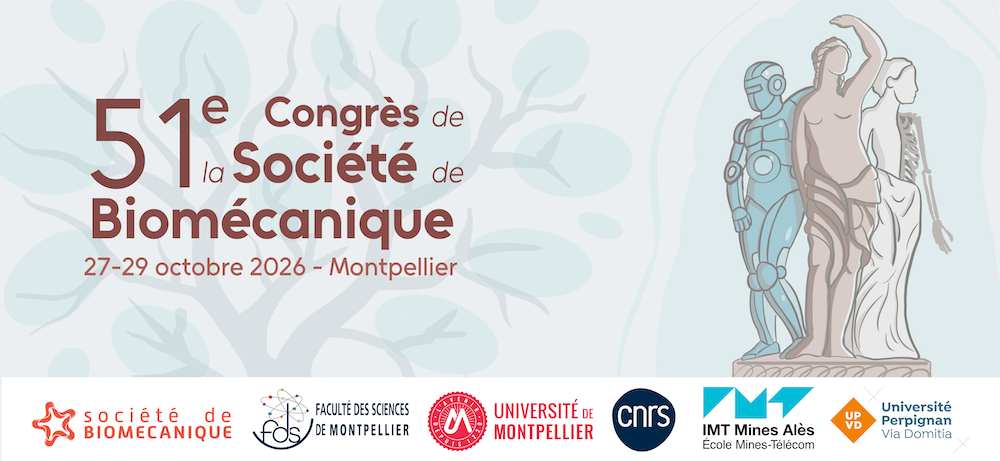By Hélène Pillet, winner of the bourse de collaboration de recherche enseignant.e.s-chercheur.e.s & chercheur.e.s expérimenté.e.s de la Société de Biomécanique » 2022-2023, and Hiroaki Hobara.
This study focused on transitions from standing to sitting (StToSit) and from sitting to standing (SitToSt) positions which constitute challenging tasks for individuals with transfemoral amputation (TFAs). In contrast, these transitions are frequent in everyday life. In the literature, post-processing has been mostly limited to discrete parameters. The originality of our study is to report inter-limb ground reaction forces (GRFs) patterns during the StToSit and SitToSt in individuals with TFAs wearing a microprocessor-controlled knee.
The data were previously acquired at Institut de Biomecanique Humaine Georges Charpak during the master of science of Julia Facione (rehabilitation doctor at Hopital d’Instructions des Armees de Percy). In the present study, 5 individuals with above-knee amputation were included. Quantified GRF acquisition was done with two force plates (AMTI force plates, Watertown, USA) located under each foot at 200 Hz. Participants wore their usual microprocessor knee and were asked to stand up and sit 5 times on a stool without any specific instruction. During my stay in Tokyo, I worked with Yukihiko Mizuno a master student at TUS to analyse the interlimb ground reaction forces patterns. This analysis of forces applied by the feet to the ground allowed to identify the strategies used by the persons to manage this motion (see Figure below). This study completes the available current knowledge about the transitions between sitting and standing in TFA by investigating vertical force under each limb all along the motion. The role of the limited ankle mobility in the ability to perform the motion shown earlier with below-knee amputation has to be further investigated. An abstract was submitted to the congress of the American Academy of Orthotists and Prosthetists 2024 (Chicago USA).

Figure: Typical time series of the vertical force (N/kg) under the contralateral (Cont) and prosthetic (Prost) limb during Sit To Stand and Stand to Sit.
Another study about cross-slope waking was also initiated in this collaboration involving Genki Hisano, a post-doctoral fellow at TUS. Among the perspectives of the collaboration, Genki Hisano will realize a mobility of two years in Paris from October 2023. We will also apply for the Sakura PHC plan 2024 to enlarge the collaboration with other members of the labs (particularly young researchers).
Publication
Inter limb ground reaction forces pattern in sit-to-stand and stand-to-sit motions of individuals with transfemoral limb loss - H. Pillet, J Facione, H Hobara, Y Mizuno and X. Bonnet – Congress of the American Academy of Orthotists and Prosthetists 2024 - submitted.
Les auteurs
 Hélène Pillet, full professor at Ecole Nationale Supérieure des Arts et Métiers (ENSAM) and Hiroaki Hobara, associate professor at Tokyo University of Science.
Hélène Pillet, full professor at Ecole Nationale Supérieure des Arts et Métiers (ENSAM) and Hiroaki Hobara, associate professor at Tokyo University of Science.
Hélène Pillet, Professeur des Universités à l’Institut de Biomécanique Humaine Georges Charpak et Hiroaki Hobara, associate professor at Tokyo University of Science are both dedicating a large part of their research to the locomotion of people with amputation in the objective to improve the quality of life of these persons. The collaboration which includes sharing data, post-processing methods, and experience allows to enlarge our knowledge of this topic.
Copyright
© 2023 par l’auteur. Sauf mention contraire, le contenu du blog de la Société de Biomécanique (texte et figures) est distribué sous licence Creative Commons Attribution - Partage dans les mêmes conditions 4.0.




